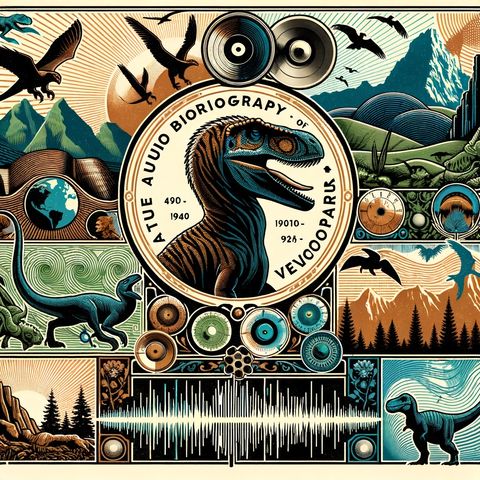20 OTT 2024 · Velociraptor, the swift and cunning predator of the Late Cretaceous period, has captivated the imaginations of scientists and the public alike for decades. This small but formidable dinosaur roamed the Earth approximately 75 to 71 million years ago, leaving behind a legacy that continues to intrigue and inspire to this day.
Standing at just over two feet tall and measuring up to six feet in length, Velociraptor was far from the towering giants often associated with dinosaurs. However, what it lacked in size, it more than made up for in agility, intelligence, and deadly precision. Its name, meaning "swift seizer" in Latin, perfectly encapsulates its nature as a swift and efficient hunter.
Velociraptor's most distinctive feature was undoubtedly its large, sickle-shaped claw on each hind foot. This formidable weapon, measuring up to three inches long, was likely used to deliver devastating slashing attacks to its prey. Combined with its sharp teeth and powerful jaws, Velociraptor was a force to be reckoned with in the ancient ecosystems it called home.
Despite its fearsome reputation, Velociraptor was not the scaly, reptilian creature often depicted in popular media. Recent scientific discoveries have revealed that it was, in fact, covered in feathers. This revelation has dramatically altered our understanding of dinosaur appearance and behavior, painting a picture of a more bird-like creature than previously imagined.
Velociraptor's habitat was primarily located in what is now Mongolia and northern China. The arid, sandy environment of the Gobi Desert, where many Velociraptor fossils have been found, provides valuable insights into the creature's lifestyle and adaptations. It likely hunted in packs, using its speed and agility to chase down prey in the open desert landscapes.
One of the most famous Velociraptor fossils ever discovered depicts a dramatic scene frozen in time. The fossil shows a Velociraptor locked in combat with a Protoceratops, a sheep-sized herbivore. This remarkable find, known as the "Fighting Dinosaurs" specimen, offers a rare glimpse into the violent struggles for survival that characterized life in the Cretaceous period.
Velociraptor's diet consisted mainly of small to medium-sized prey, including mammals, lizards, and other dinosaurs. Its sharp, recurved teeth were perfectly adapted for tearing flesh, while its binocular vision allowed for precise depth perception when hunting. Some scientists speculate that Velociraptor may have been an opportunistic scavenger as well, taking advantage of carrion when fresh prey was scarce.
The intelligence of Velociraptor has been a subject of much debate and speculation. Its brain-to-body size ratio was relatively high for a dinosaur, suggesting a level of cognitive ability that may have surpassed many of its contemporaries. This intelligence, combined with its pack-hunting behavior, would have made Velociraptor a particularly effective predator in its ancient ecosystem.
Velociraptor's legacy extends far beyond the realm of paleontology. It has become a cultural icon, featured prominently in books, films, and television shows. The "Jurassic Park" franchise, in particular, catapulted Velociraptor to stardom, albeit with some creative liberties taken regarding its size and appearance.
The story of Velociraptor is far from complete. Ongoing research and new fossil discoveries continue to shed light on this fascinating creature, challenging our assumptions and expanding our knowledge. From its feathered coat to its potential warm-blooded metabolism, Velociraptor serves as a testament to the complex and diverse nature of dinosaur evolution.
As we look back across the vast expanse of time that separates us from Velociraptor, we are reminded of the incredible diversity of life that has existed on our planet. This small but mighty predator, with its razor-sharp claws and bird-like features, continues to captivate our imaginations and drive our quest for knowledge about the prehistoric world.
In the end, Velociraptor's story is not just about a long-extinct predator, but about the ever-evolving nature of scientific discovery. It challenges us to question our assumptions, to look beyond the surface, and to marvel at the intricate tapestry of life that has unfolded over millions of years. As we continue to unearth new clues about its life and times, Velociraptor remains a powerful symbol of the mysteries that still lie hidden in the depths of Earth's prehistoric past.
This is a Quiet Please production for more go to http://www.quietperiodplease.com
Check out these Dino Deals https://amzn.to/4dSqNXR


